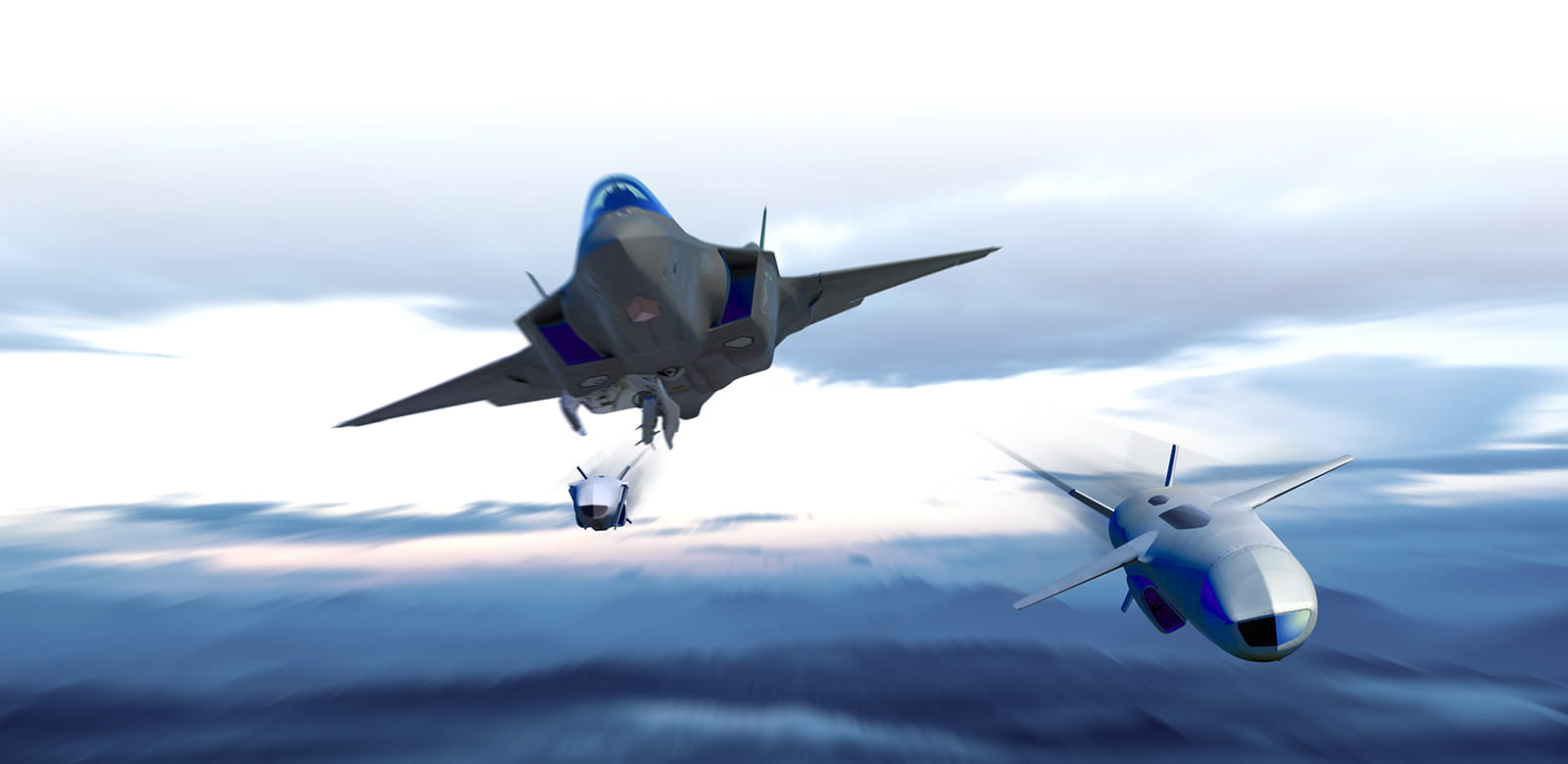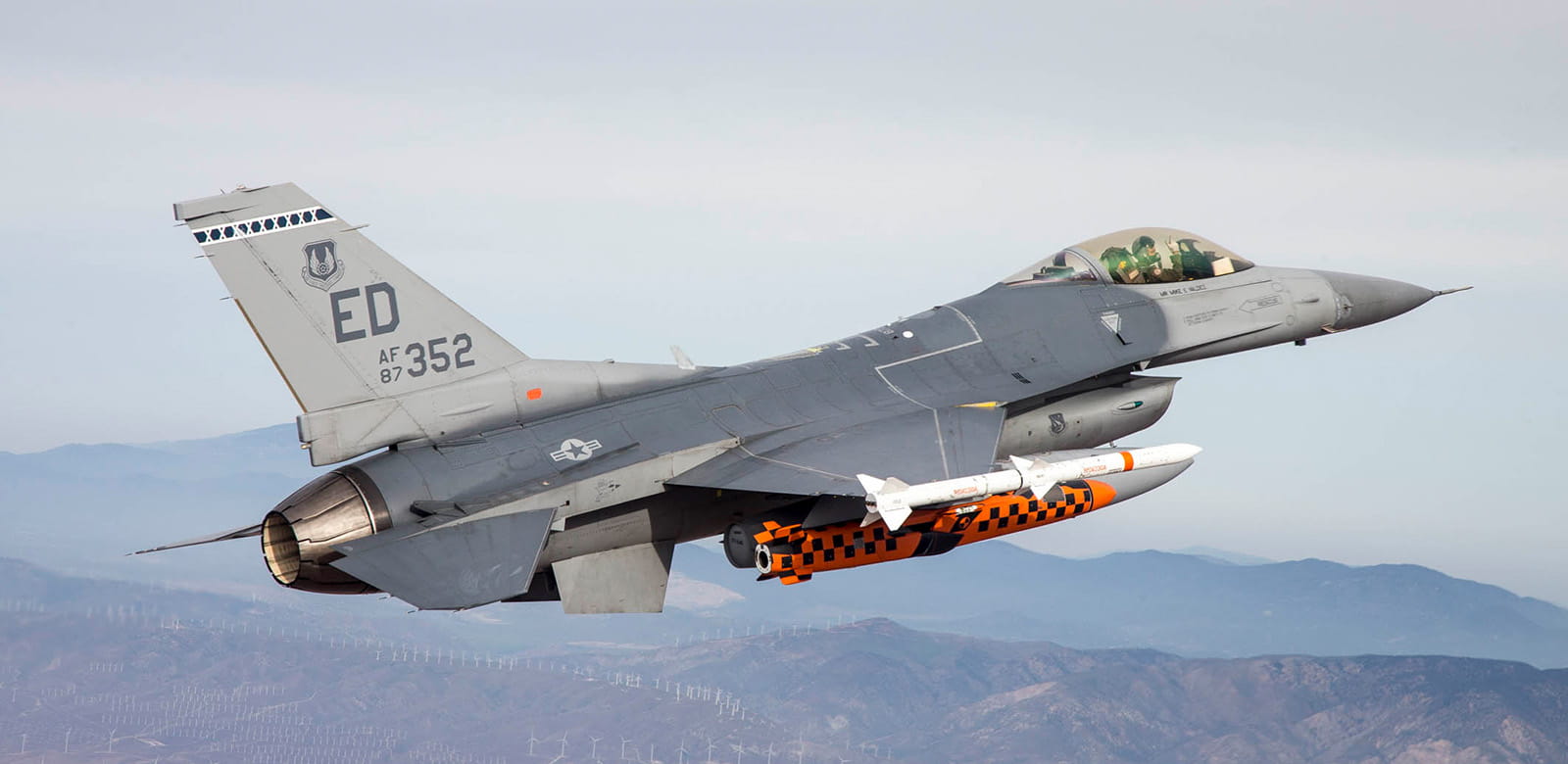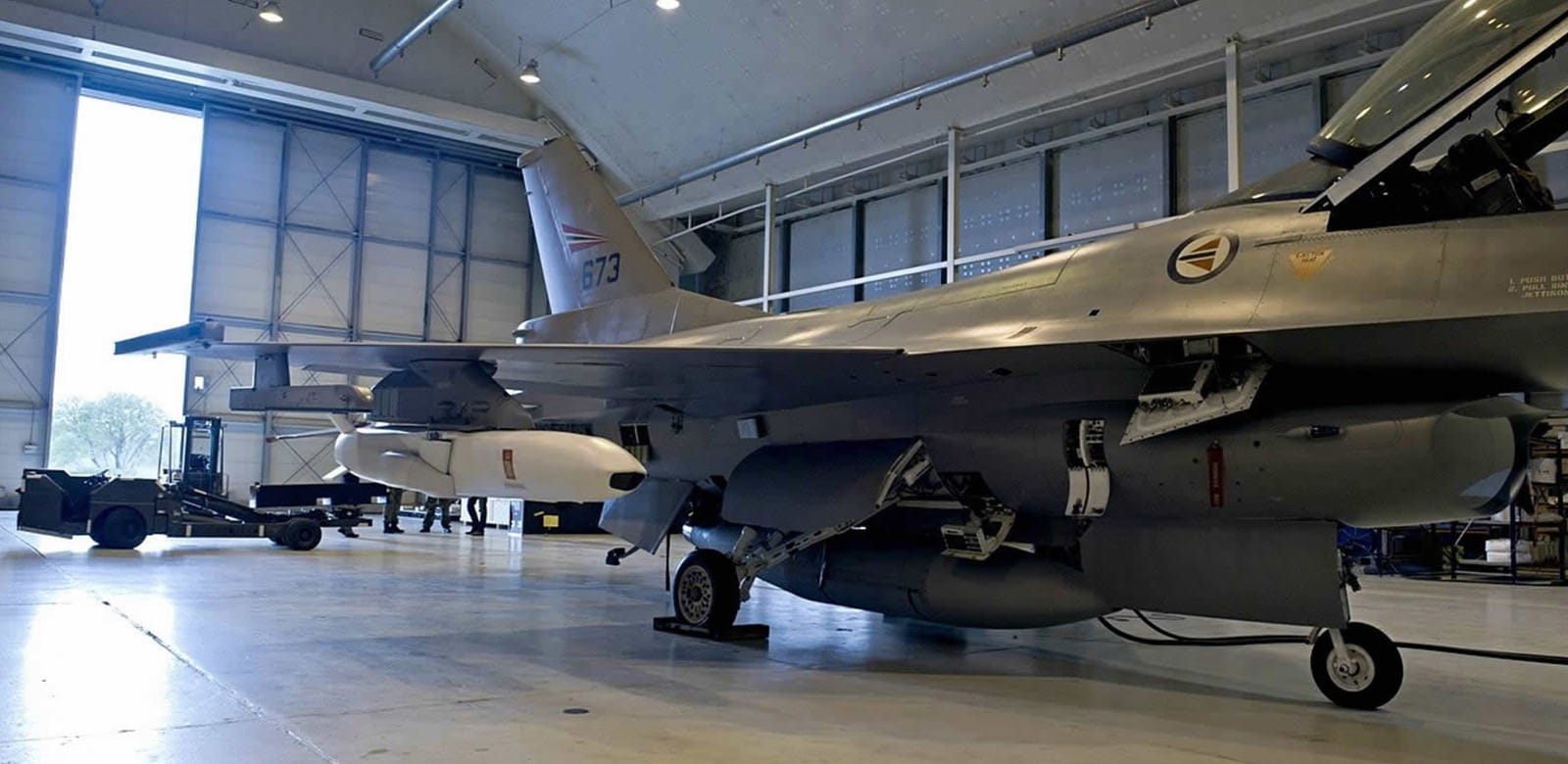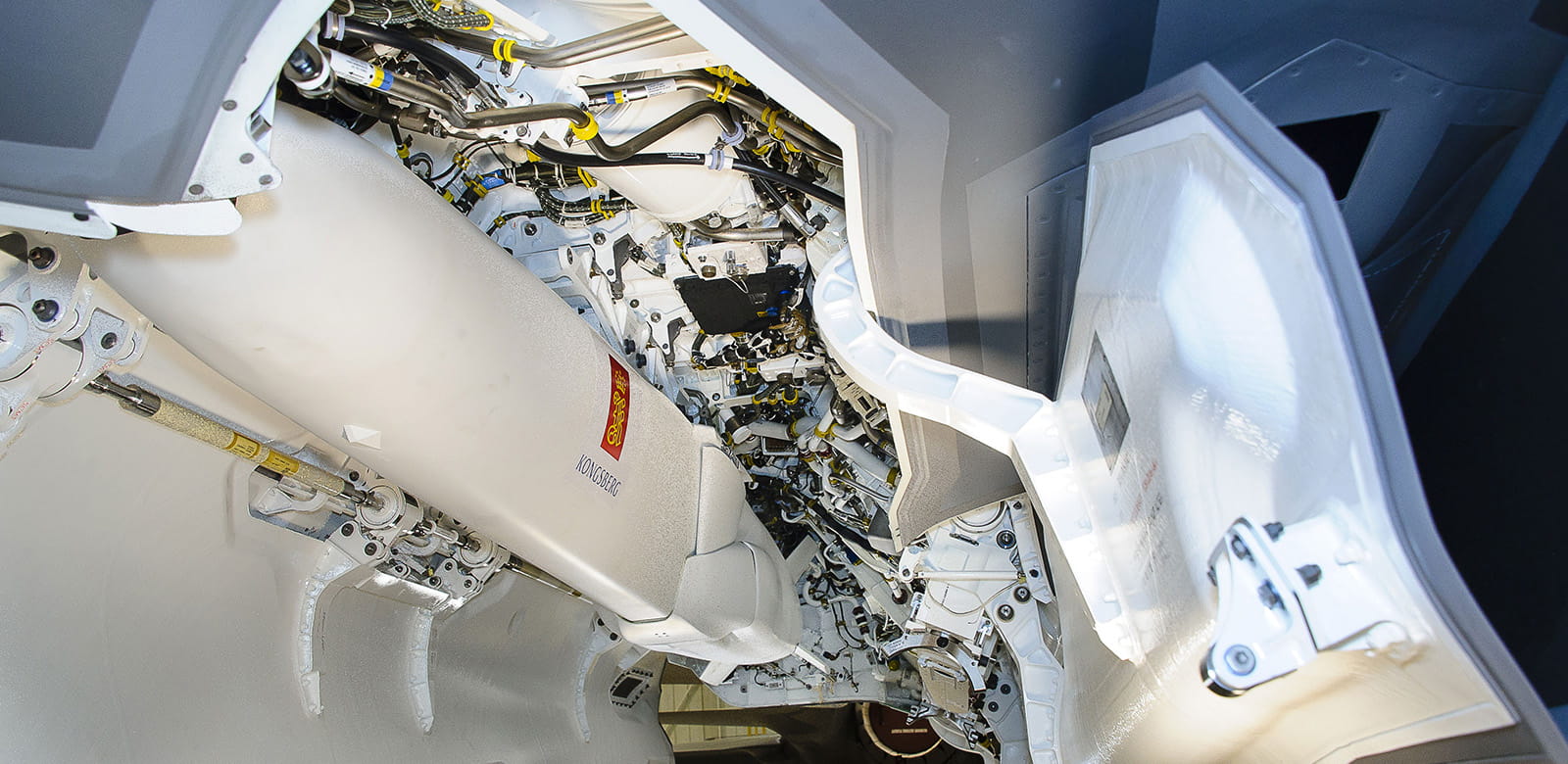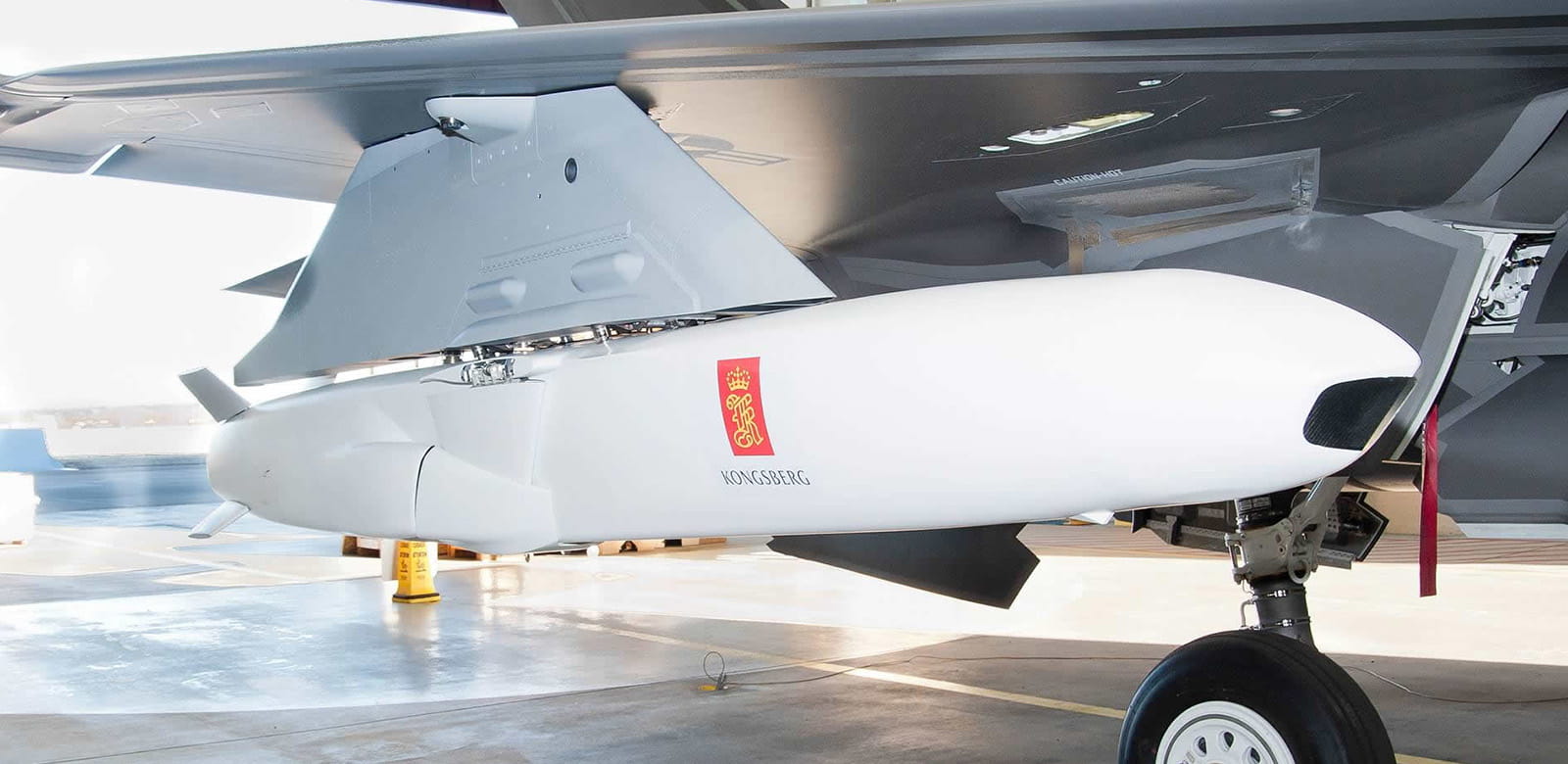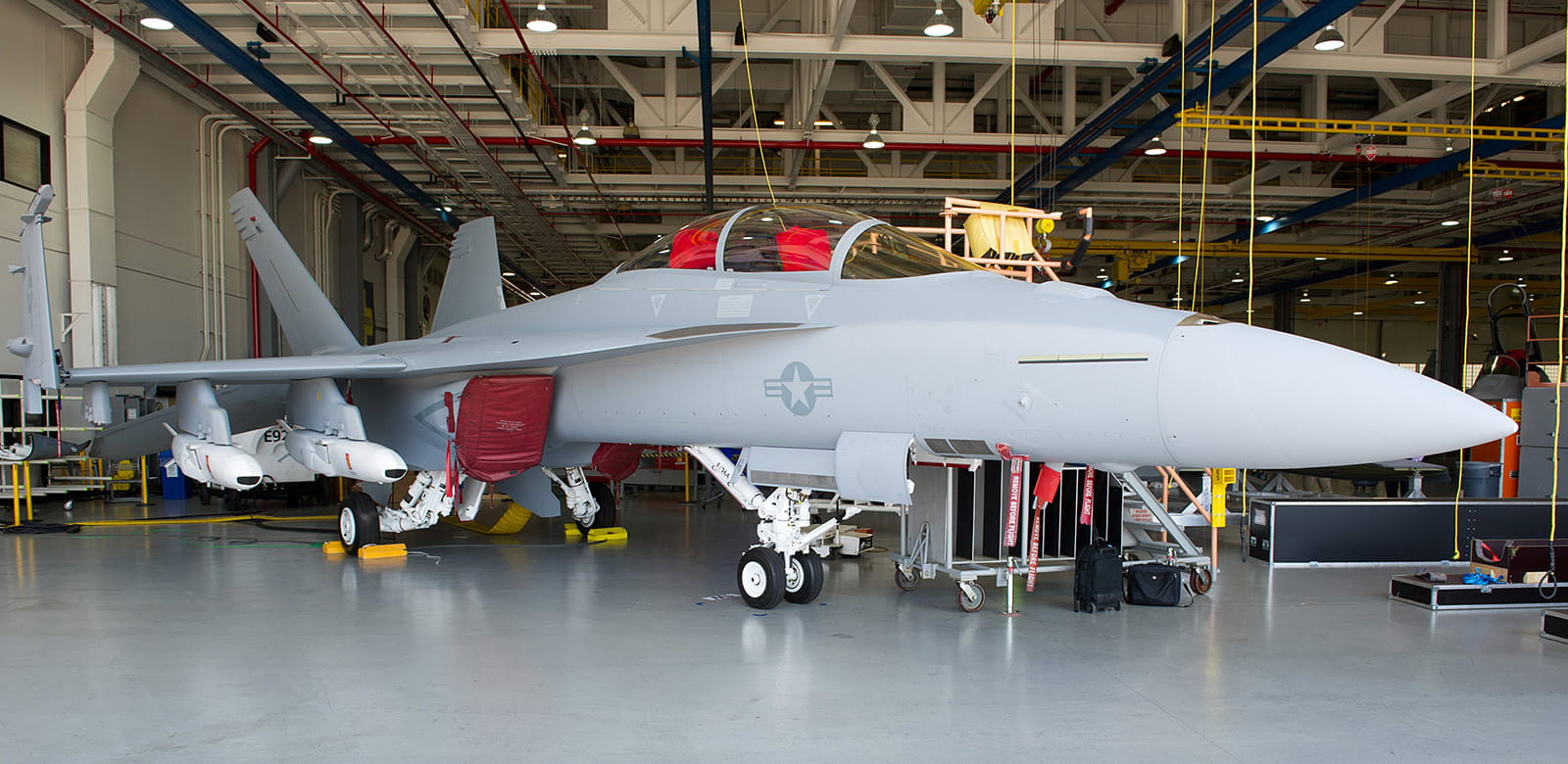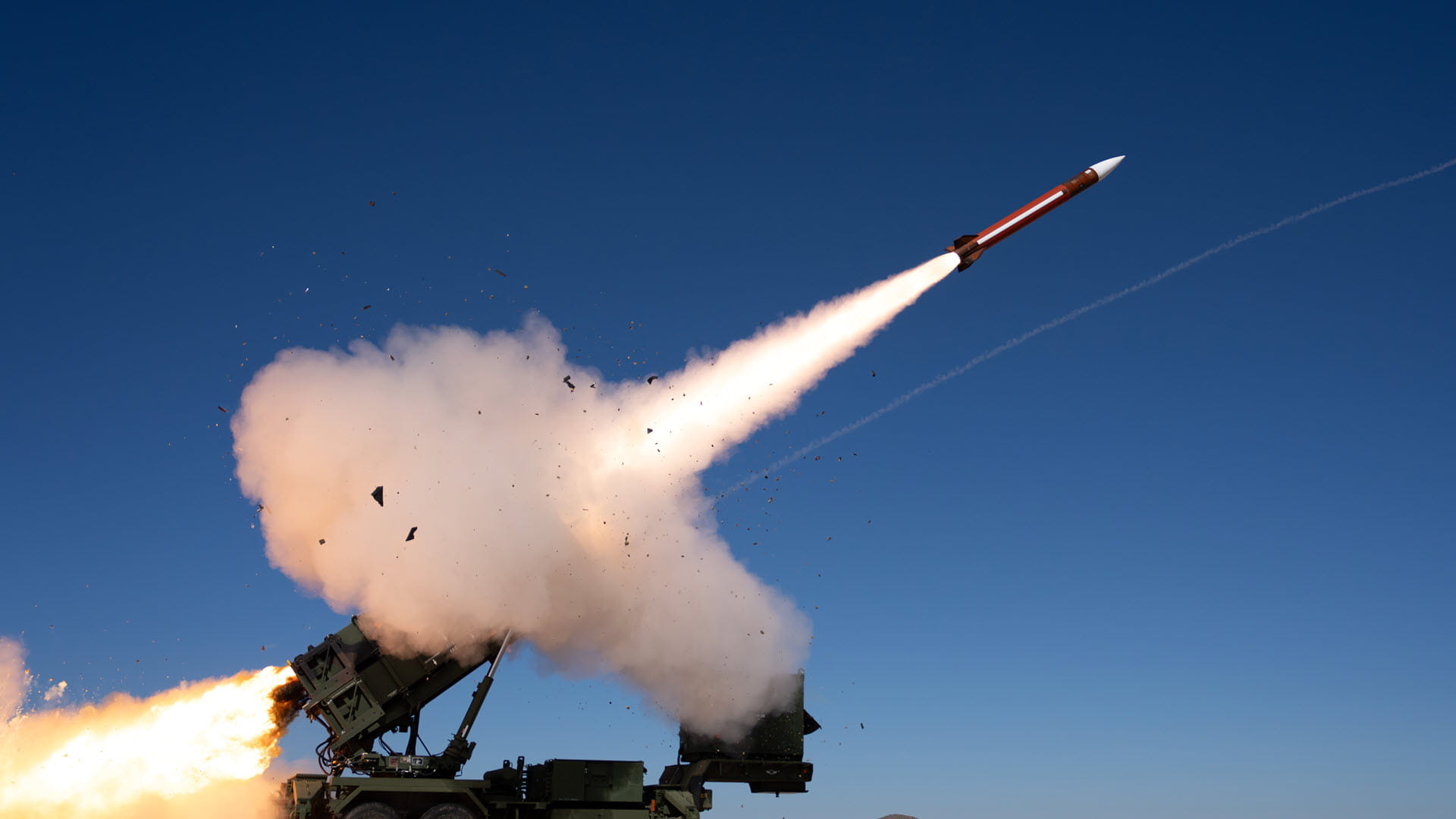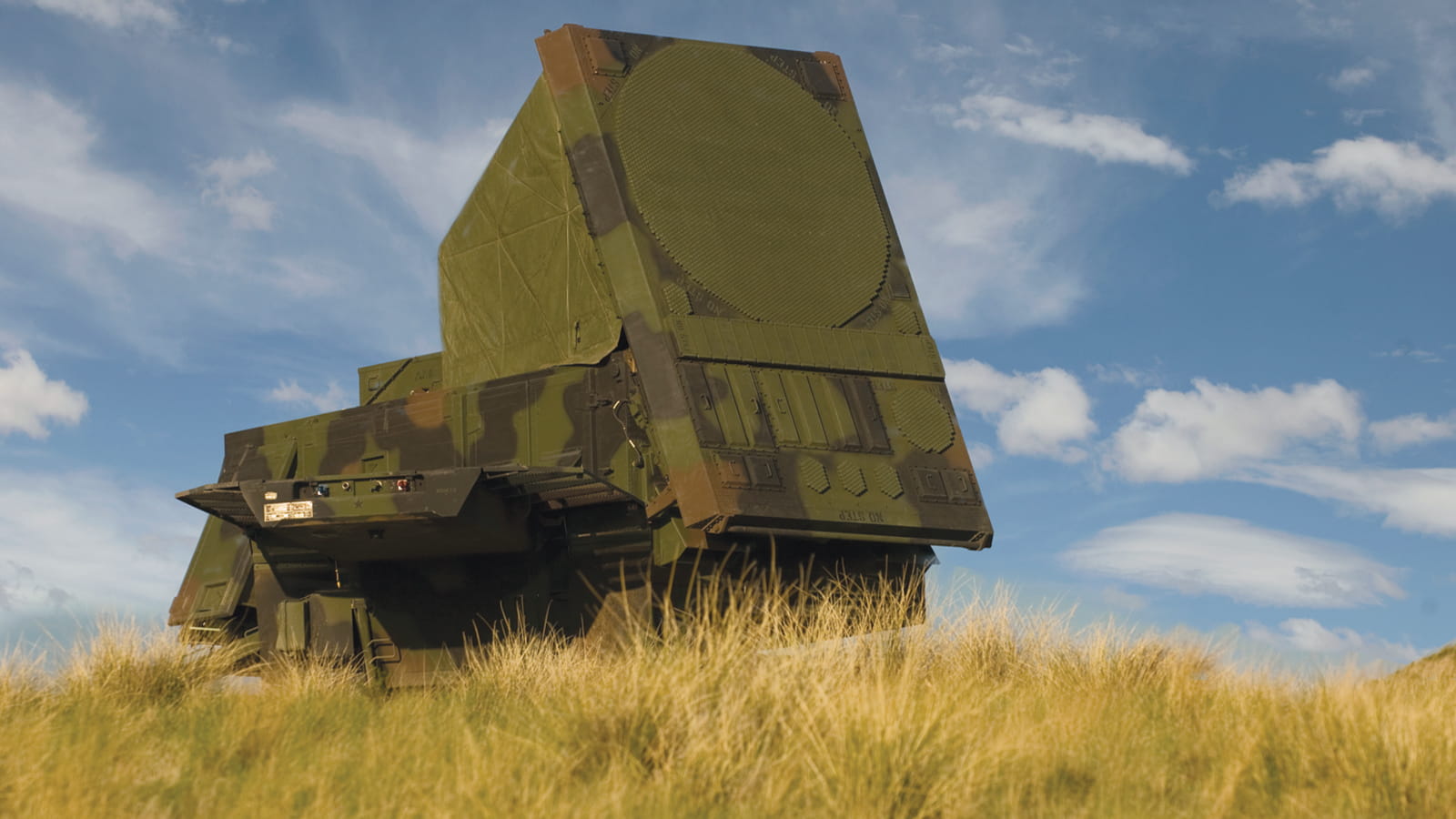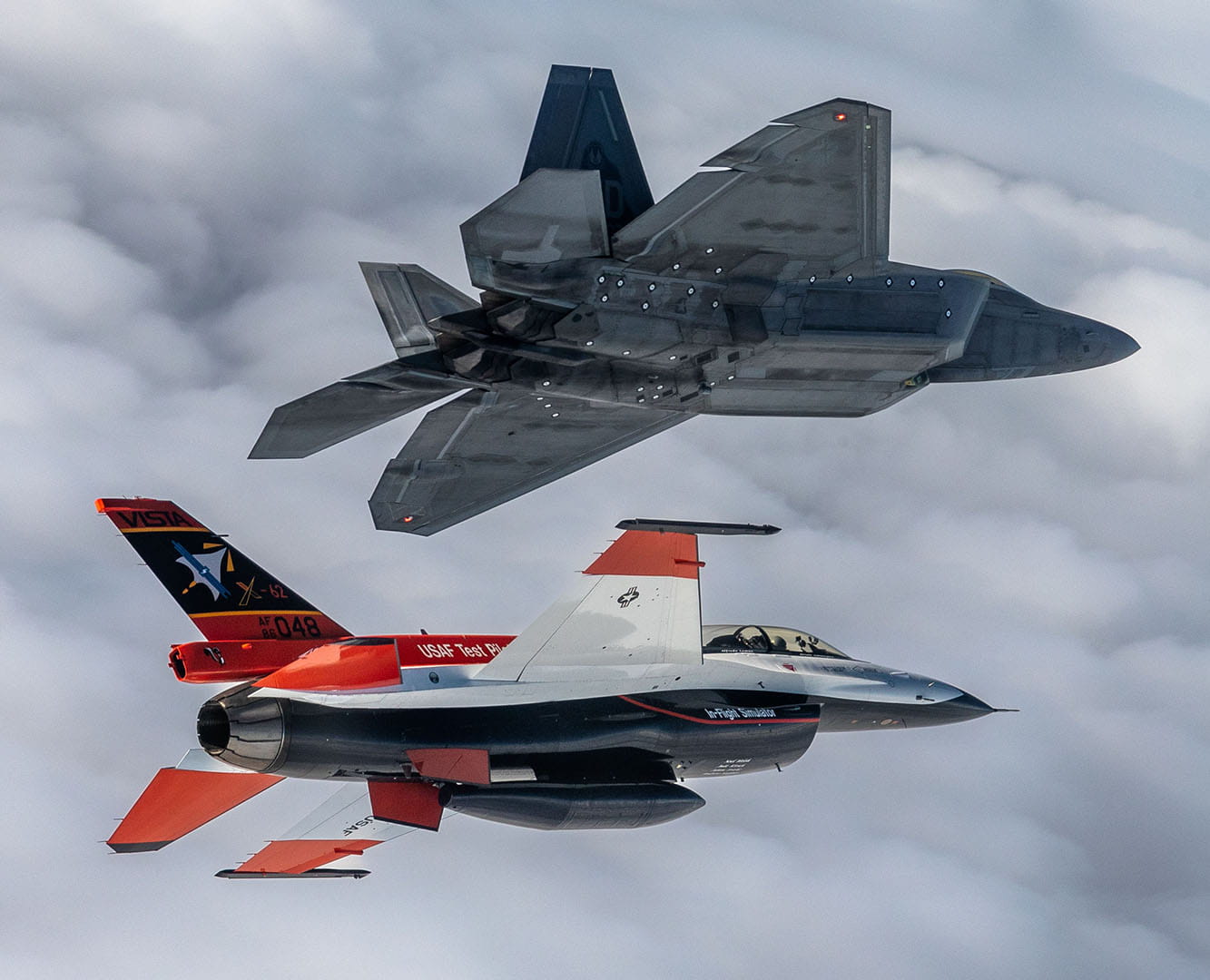Flexibility on the fly
The adaptable Joint Strike Missile can give pilots the upper hand
Raytheon Technologies is working with Norway's Kongsberg Defence & Aerospace to build a long-distance air-launched weapon with a standoff range of more than 150 miles, meant to keep pilots and their aircraft out of harm's way.
The Joint Strike Missile flies at low altitudes and high subsonic speeds and can rapidly change course to effectively strike threats on land or at sea. Fielding JSM comes as China begins to roll out missiles with greater speed, agility and punch.
JSM provides the ability to launch from positions of sanctuary and strike targets that are difficult to find and very well-defended which is an incredible tactical advantage.
Smart tech
Some of the modernized technology wired into the JSM includes an infrared seeker to detect threats on its own, ability to fly low under the radar and a navigation system that supports course changes in flight to avoid the enemy. The JSM's two-way data link offers pilots the flexibility they need to alter or scrap a mission, because decisions in the thick of battle are made in seconds.
The Joint Strike Missile's agility, pinpoint accuracy and stealthy shape allow it to penetrate enemy air defenses, while minimizing pilots' exposure.
The JSM is the only fifth-generation cruise missile designed to be carried internally by
the F-35 Joint Strike Fighter. It's adaptable to multiple platforms and can be fitted externally on legacy aircraft.
Half-century partnership
Raytheon Technologies tapped its 50-year partnership with Kongsberg Gruppen to deliver the JSM, an evolution of the Naval Strike Missile, which was originally developed for Norway's Navy. The NSM is a long-range, precision strike weapon that seeks and destroys enemy ships at distances greater than 100 nautical miles.
In 2018, Raytheon Technologies was awarded a U.S. Navy contract to manufacture and deliver NSM for over-the-horizon defense of littoral combat ships and future frigates. NSM launcher and missile production takes place at the company's factory in Louisville, Kentucky, with final assembly and testing at its Tucson, Arizona, facility.
The two companies also partner on the National Advanced Surface-to-Air Missile System, or NASAMS, which comprises the Sentinel radar, Kongsberg Fire Distribution Center and AMRAAM missile. NASAMS helps pilots identify, engage and destroy enemy aircraft, drones and cruise missiles.
The JSM partnership, struck in 2014, could save the U.S. a decade of development work. This approach aligns with the National Defense Strategy, which calls for mutually beneficial partnerships to provide a strategic advantage over competitors.
Promising future
Norway's Ministry of Defense successfully test-fired live JSMs from F-16 Fighting Falcons in 2018. JSM is currently being integrated on the F-35 with live fire missions conducted from Edwards Air Force Base, California.
Raytheon Technologies and Kongsberg expect to reach initial operating capability - the final stage of development - and deliver JSM to the Royal Norwegian Air Force in 2024.

